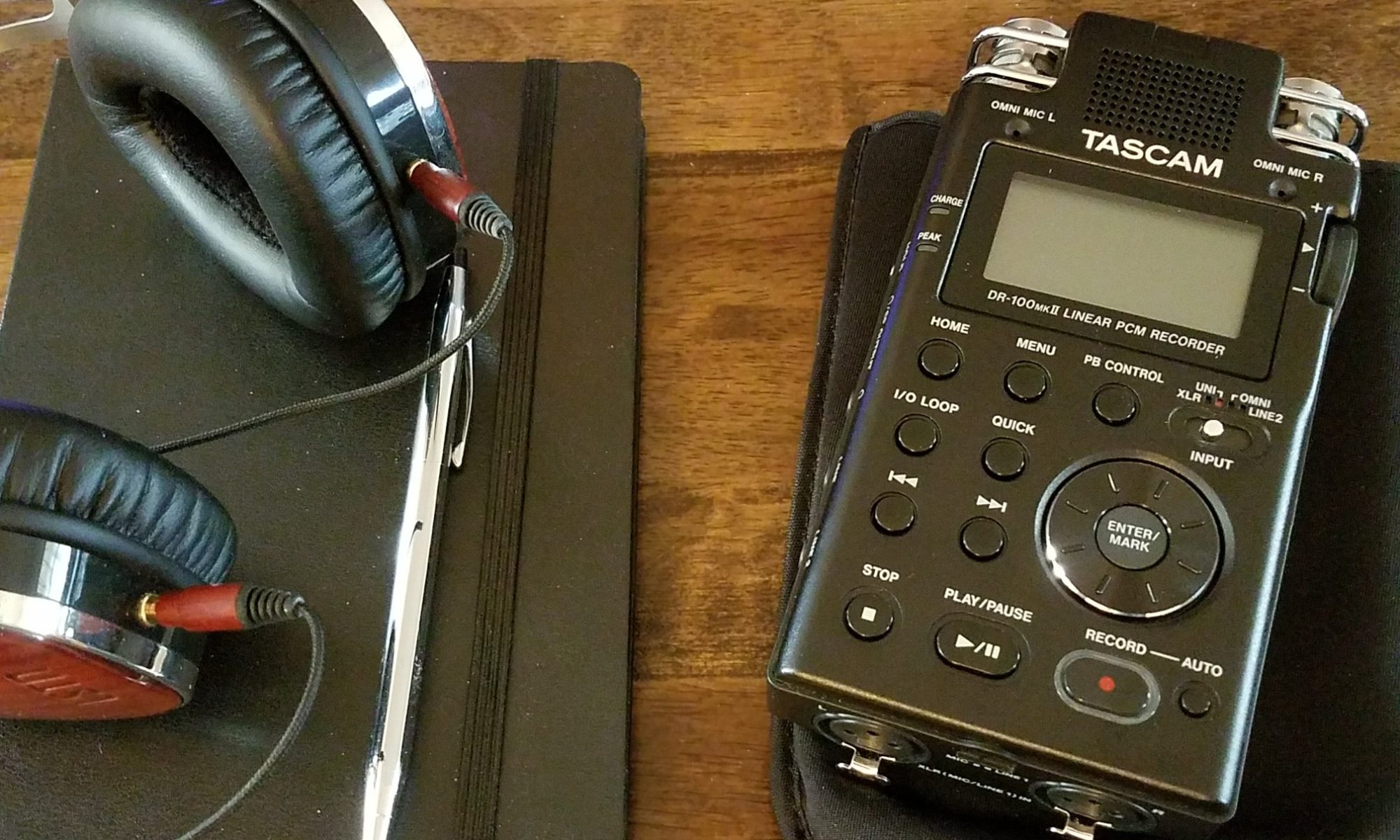As the director of a Holocaust and genocide library, I’m often asked for advice on what to read. If you have an interest and don’t know where to start (or would like to know more), here are five Holocaust books I think everyone should read:
War and Genocide: A Concise History of the Holocaust by Doris Bergen.
Doris Bergen does an excellent job of distilling the history of the Holocaust into a readable, easy-to-understand text. Not only does she demonstrate the progression of the Nazi genocidal movement from the rise of the Third Reich to liberation but she manages to put everything into a broader historical context.
The Origins of the Final Solution: The Evolution of Nazi Jewish Policy September 1939-March 1942 by Christopher Browning. [1]
In my opinion, this is the definitive guide to the Nazi’s evolving policy towards the Jews of Europe. While not easily digested in a weekend, it is well written and provides a detailed account of each of the stages that lead to the “Final Solution.” If you’ve already read Origins (or a similar survey[2]) you may want to try Browning’s The Path to Genocide instead.
Survival in Auschwitz by Primo Levi.
Sadly, Levi has never attained the same level of popularity in the United States as Anne Frank or Elie Weisel. But for those who have a real interest in the Holocaust, Survival in Auschwitz is actually a far richer memoir, as Levi presents a detailed description of his time in Buna.
Perpetrators Victims Bystanders: Jewish Catastrophe 1933-1945 by Raul Hilberg.
Hilberg has long been recognized as one of the preeminent Holocaust scholars. While he’s best known for The Destruction of European Jews (a comprehensive three volume set), Perpetrators Victims Bystanders is a series of essays that provide an amazing amount of detail about each group in a fairly concise manner.
The Theory and Practice of Hell: The German Concentration Camps and the System Behind Them by Eugen Kogon.
While dozens of books examine the concentration camp system, few approach the subject from the operational focus that makes Theory and Practice an important piece of Holocaust historiography. Kogon, a political prisoner from 1939 – 1945, used his experiences and knowledge to give the reader an objective snapshot of life in Buchenwald.
[1]If you have difficulty with Browning’s Origins and would like something slightly easier, I would suggest Yehuda Bauer’s A History of the Holocaust.
[2]Friedlander’s The Years of Extermination Kershaw’s Hitler, the Germans, and the Final Solution, for example.

